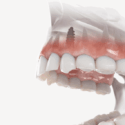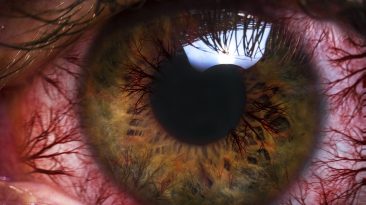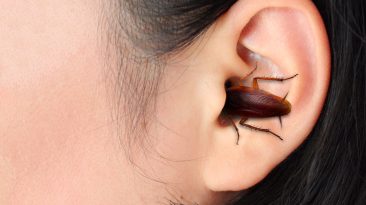Fancy yourself like Batman? Or not. But what if, like Bruce Wayne, you spent the entire night upside down? Is it possible? What would happen to your body? What is the best position to sleep in?
David Blaine hung upside down for almost 60 hours in a 2008 endurance stunt. Eight hours should be no problem for the average person then, right? Well, not exactly. It seems we’re not all David Blaine.
Take the poor soul who got stuck upside down in a cave in Utah. He was suspended for 28 hours. By the time he was found, it was too late. What happened to him?
He died of asphyxiation, which is the process of being deprived of oxygen. This is one of the risks of being upside down for too long.
And let’s get a couple of things clear before we continue, your head does not explode and your eyes don’t pop out if you hang upside down for a lengthy time. You also won’t drown from spit draining into your nose. But there are other frightening consequences.
What if you were only upside down for seven to eight hours, to get a full night’s rest? You put on your super warm pajamas, since blankets would just slip off, get onto your specially made inversion bed, strap in, drift off to sleep, and then what?
Well, there are several things that would happen as you slumber. With your head directly underneath your feet, the weight of gravity on your organs would soon begin to crush your delicate lungs.
Since they no longer have the room they need to expand, your body won’t be able to get enough oxygen. And while our bodies are great at making sure no blood collects in our feet when we are upright, we haven’t evolved this same ability with our brain.
If you slept upside down, your blood would quickly pool up in your brain, which can lead to a brain hemorrhage. That would be game over.
Though, you’d probably die from heart failure before your brain could hemorrhage. With your head below your heart, your heart would slow down and wouldn’t be able to effectively pump all the incoming blood.
Your blood pressure would become almost impossible to maintain and cause the failure of essential functions. So long sweet dreams.
It’s pretty clear that we’re not meant to be upside down for long periods of time. But what about for a reduced amount?
Inversion therapy is the practice of being upside down for short stints of time. And that’s short as in 30 seconds to two minutes.
This has multiple health benefits. It helps with blood circulation and can lower your resting heart rate. It’s also amazing for your back by increasing spinal cord flexibility and maintaining the natural curve of your neck.
If you have a robust inversion practice, you could eventually hang upside down for 20 minutes safely. But not all night.
If we can’t catch a few z’s this way, why can other mammals? Simply put, their bodies are built for it. The most famous inverted sleeper, the bat, evolved the ability to sleep upside down because it makes them less visible to predators.
It also allows them to get in the air quickly. Their wings aren’t strong enough to lift them into flight from a static, upright position. But dropping from upside down, no problem. Just ask Batman.
They also don’t face the same issues that humans do, since gravity doesn’t affect their circulation. If snoozing upside down is out, what is the best position?
It really depends on your body. While sleeping on your back is generally considered the best position because it puts your spine in a neutral position, it is not good for people who suffer from sleep apnea.
We sleep for about one-third of our lives and it’s an important factor in our overall health. It’s believed sleep helps with stress management, metabolism, brain function, and mood. And, I don’t know about you, but I feel pretty awful when I don’t get enough of it.
While sleep is still somewhat a mystery, one thing we know sleep does is increase plasticity. Plasticity is the brain’s ability to reorganize itself and is vitally important for memory and learning. So what would happen if you just stopped sleeping?
Subscribe to What-If on YouTube or follow the show on Facebook Watch.
Sources
- “This is why bats are able to sleep hanging upside down”. Grennan Milliken,2020. Business Insider.
- “MAMMALS THAT SLEEP UPSIDE DOWN”. 2020. animals.mom.me.
- “Why Do We Sleep?”. livescience.com.
- “This One Sleep Position May Be Destroying Your Health”. Dr. Stephanie Estima, 2020. Medium.
- “Hanging Upside Down: Effects, Risks, And Benefits”. 2020. Healthline.



























